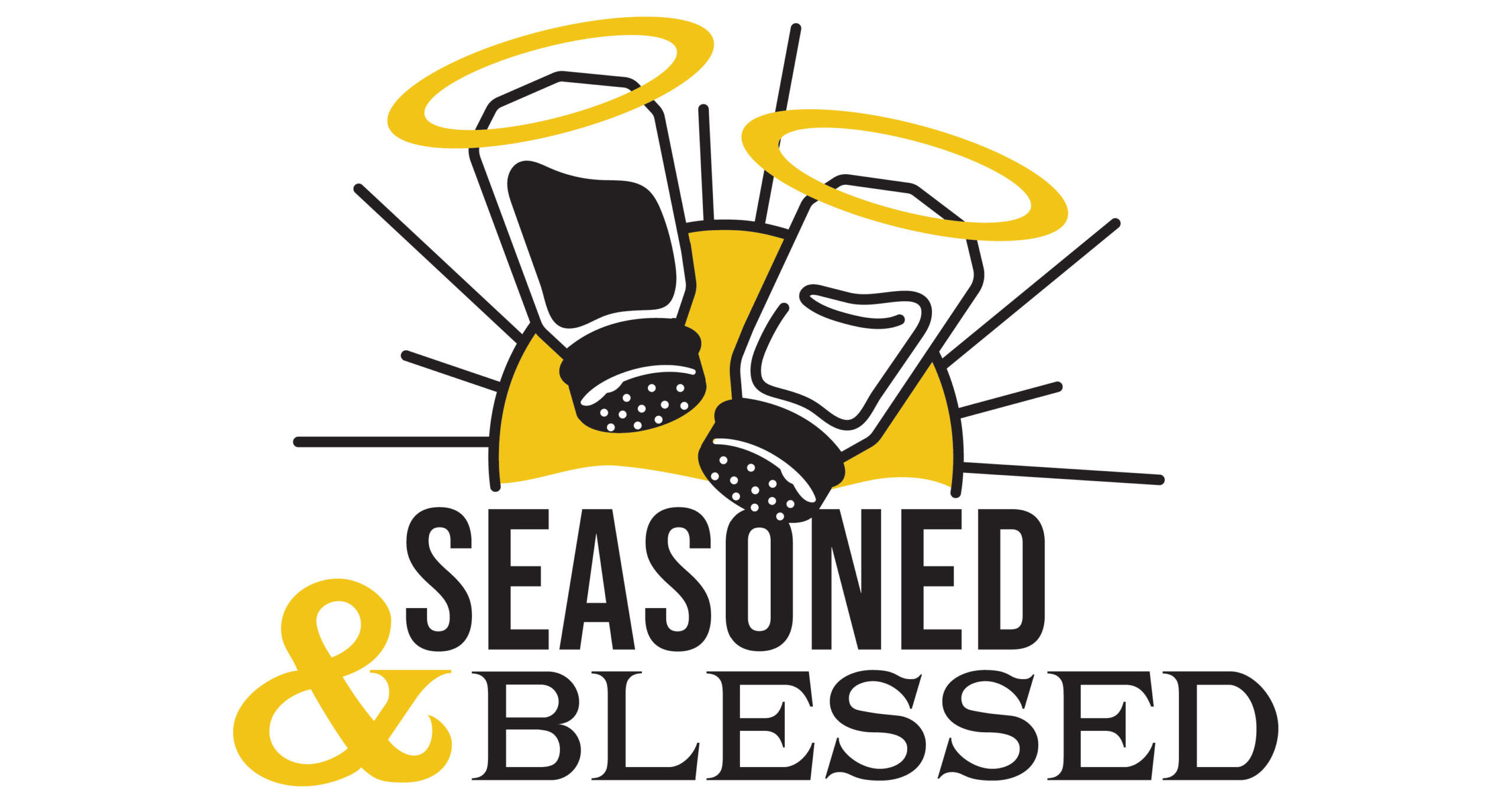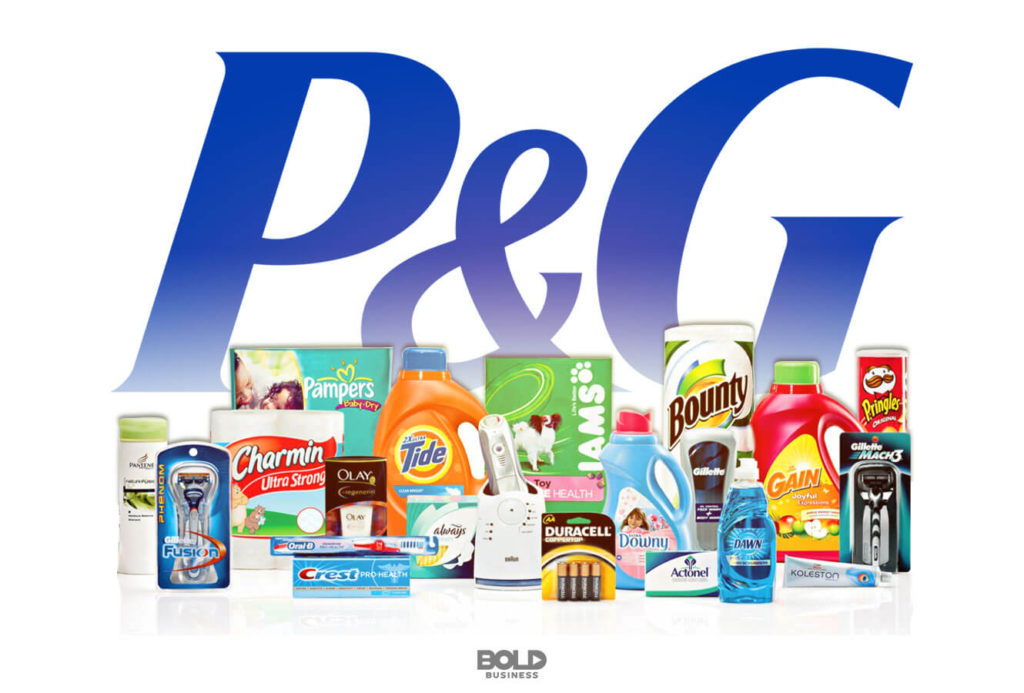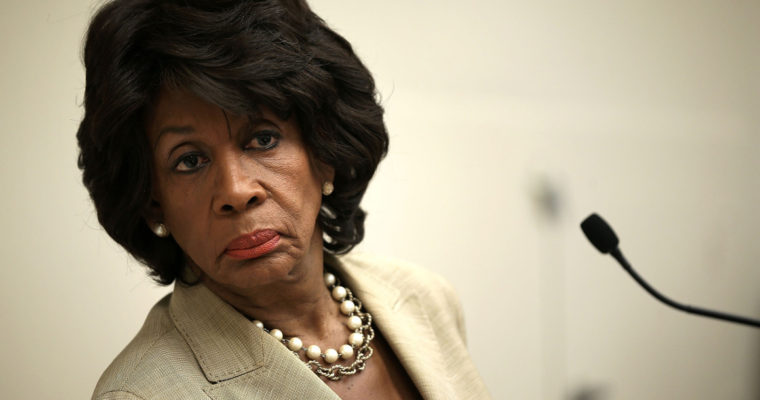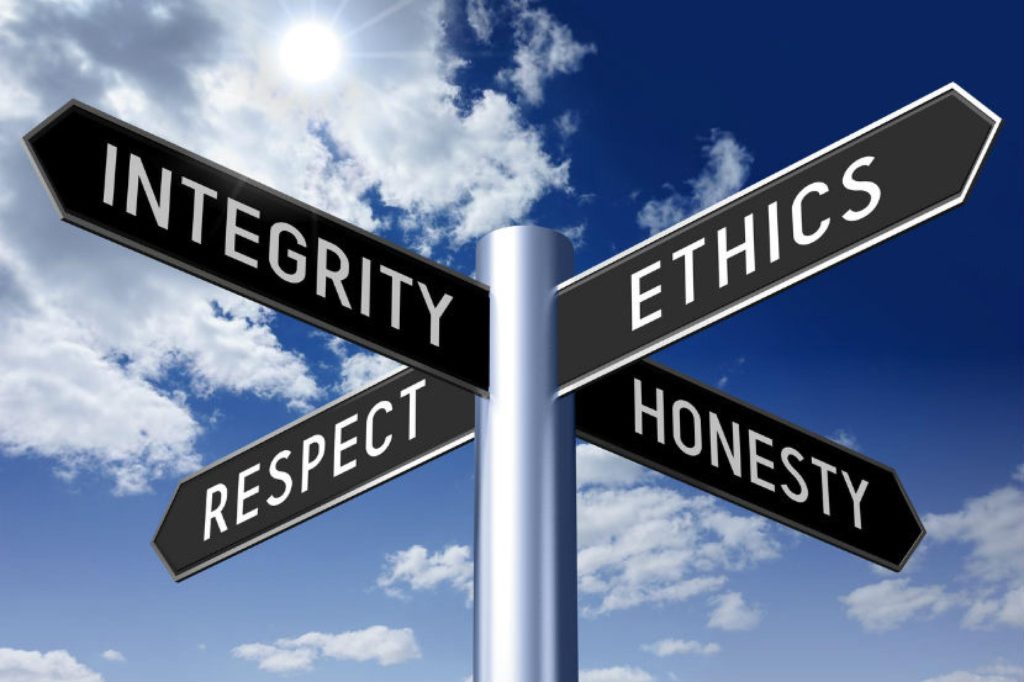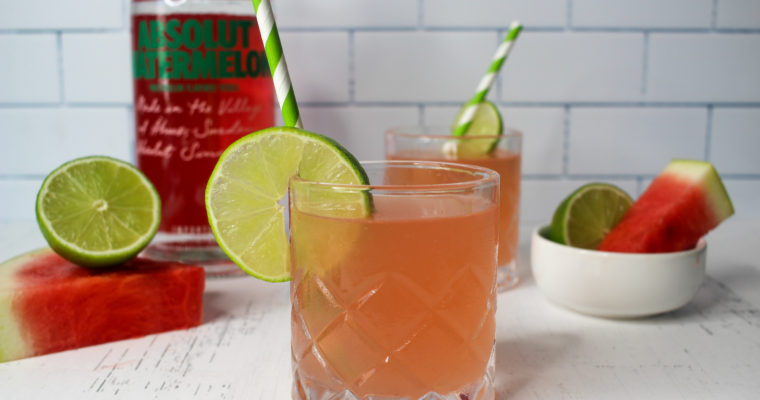Under Armour: Where Do We Go From Here?
Market Segments & Strategies: Market segmentation is as “the process of dividing the large and diverse mass market into subsets of consumers who share common needs, characteristics, or behaviors, and then targeting one or more of those segments with a distinct marketing mix.” (Kardes, F.,…
